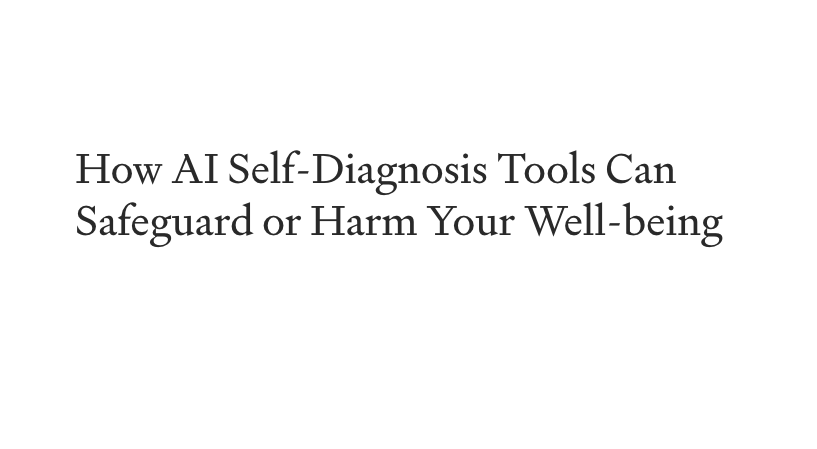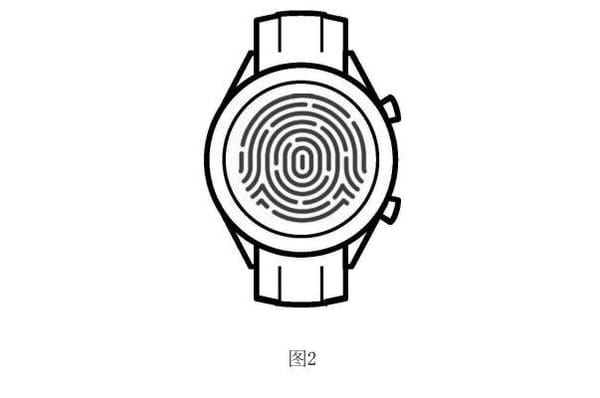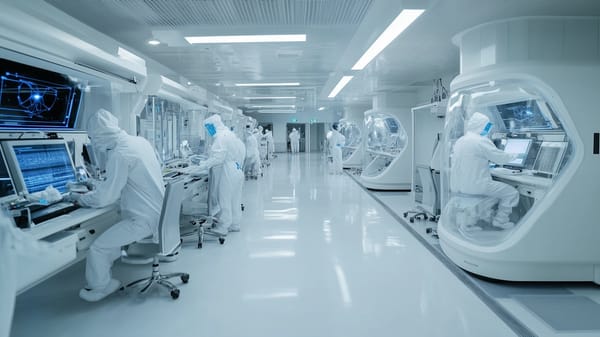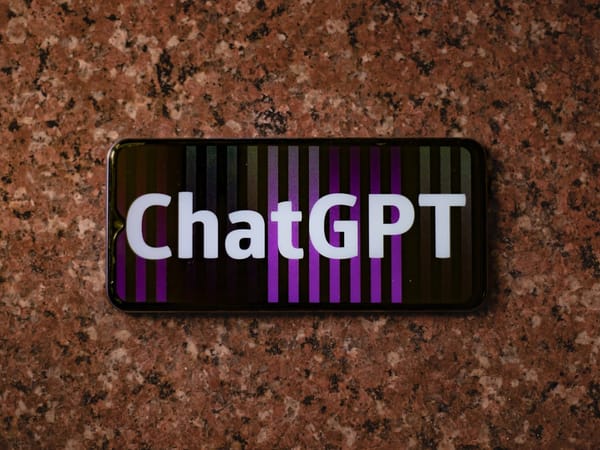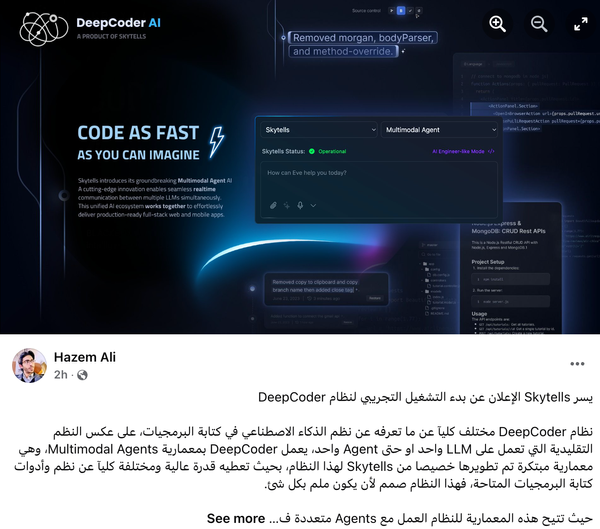Why Patients Should Think Twice Before Trusting AI Self-Diagnosis?
Are You Truly Ready to Put Your Mobile or Web App to the Test?
Don`t just assume your app works—ensure it`s flawless, secure, and user-friendly with expert testing. 🚀
Why Third-Party Testing is Essential for Your Application and Website?We are ready to test, evaluate and report your app, ERP system, or customer/ patients workflow
With a detailed report about all findings
Contact us nowTable of Content
How AI Self-Diagnosis Tools Can Safeguard or Harm Your Well-being
AI self-diagnosis tools are gaining traction. They promise quick health insights, but as a doctor and software developer, I see their limitations daily.
Tools like ChatGPT, symptom checkers, and apps like WebMD are not replacements for professional care. Let’s explore why.
The Illusion of AI Accuracy
AI tools depend on the data you provide. If your symptoms are vague or misunderstood, the results will be unreliable. For example, entering “chest pain” could lead to suggestions ranging from muscle strain to a heart attack. Without context, AI cannot assess the seriousness of your condition.
AI often lacks nuance. Tools might suggest minor issues for life-threatening symptoms or vice versa. This article on Medevel.com highlights real-world cases where AI tools underestimated or overestimated conditions. A misstep like this could delay life-saving treatment.
The Risk of Self-Diagnosis
Using AI alone can lead to self-diagnosis, which is risky. Patients might skip doctor visits, assuming their AI results are accurate. This is dangerous. An article on Medevel.com explains how self-diagnosis can lead to anxiety, overconfidence, or both. Tools like ChatGPT can offer advice, but they lack medical training to differentiate subtle symptoms.
Imagine someone experiencing fatigue and shortness of breath. An AI might suggest anemia, overlooking signs of a pulmonary condition. This delay could worsen the outcome.
Privacy and Trust Issues
Your health data is valuable. Not all AI tools prioritize your privacy. Some apps collect sensitive information and share it with third parties. Always research an app’s privacy policy. As noted in this Medevel.com article, trusting the wrong tool could compromise your data.
The Human Element Matters
AI lacks empathy. It doesn’t ask follow-up questions or consider personal history. Doctors do. A physician can assess patterns, habits, and non-verbal cues that AI misses. For example, this Medevel.com article questions whether AI tools should be held liable for malpractice. While useful, AI’s role should remain supportive, not standalone.
When to Use AI Self-Diagnosis Tools
AI tools have their place. Use them to:
- Understand symptoms and prepare questions for your doctor.
- Learn about conditions but not as a replacement for medical advice.
- Get initial insights while scheduling a professional consultation.
Avoid relying on AI for:
- Serious or urgent symptoms.
- Chronic condition management without medical oversight.
- Diagnoses requiring lab tests or imaging.
Protect Yourself
Here’s how to use AI tools responsibly:
- Verify credibility. Research the tool’s sources and reviews.
- Be detailed. Provide accurate information for better results.
- Consult professionals. AI offers insights, but a doctor provides care.
- Safeguard privacy. Choose tools with strong data security.
Real-Life Perspective
As a doctor and a developer, I see AI’s potential. As a doctor, I see its limits. Patients often share stories of relying on symptom checkers like ChatGPT only to find they misinterpreted their results. One patient delayed treatment for appendicitis, thinking it was indigestion. Another ignored a severe infection because AI downplayed it.
AI can help, but it can’t replace human expertise. Always prioritize professional care.
Stay Informed
AI in healthcare is evolving. Stay updated, but stay cautious. Learn more about the risks and benefits of AI self-diagnosis from these insightful articles on Medevel.com:
- Why AI Self-Diagnosis is Dangerous
- When AI Misdiagnoses: Can Health IT Be Held Accountable for Malpractice?
- The Dangers of Digital Self-Diagnosis
Use AI tools as a supplement, not a substitute. Your health deserves the best care, and that starts with informed decisions.

